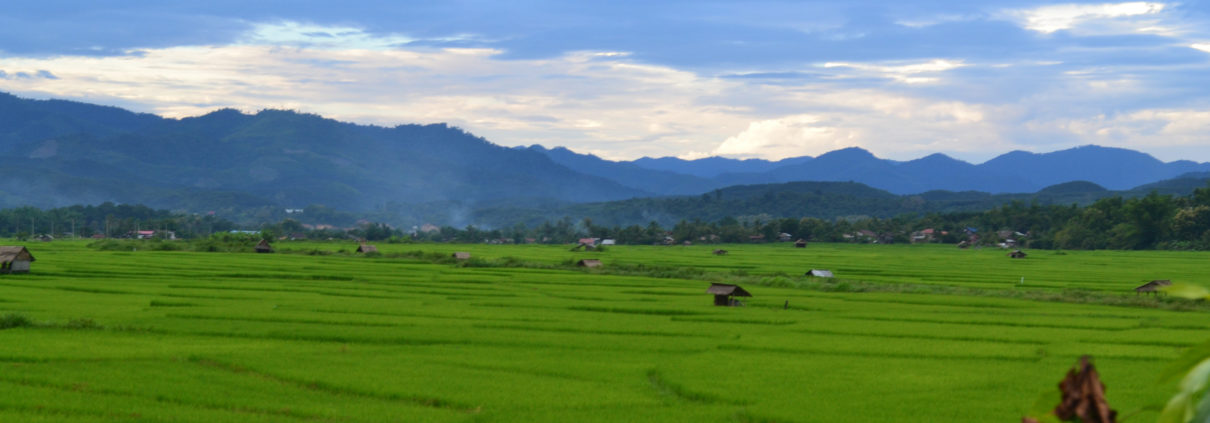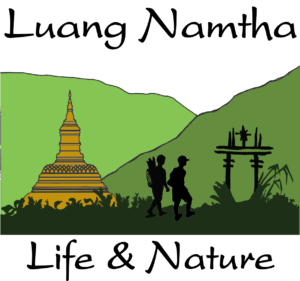
Photographs
Always ask before taking close-ups or portraits. You can have your guide translate for you, or simply use sign language. Respect those who choose not to be photographed. A camera may be a mysterious intimidating machine to some; the best avenue to follow is to develop rapport with the people in a village or home before taking photos. If you promise to send photographs back, keep your promise.
Going with a guide
Being led by an approve certified guide has many benefits for both you and the communities you are visiting. Make sure you communicate with your guide. They are responsible for your well-being and you should tell them if you need to stop if you are not feeling well or have a question. Please do remember that English is not their first language, so be patient and speak slowly.
Bathing
Bathing at the end of a day of trekking usually takes place in the river or at the village well. Please always wash in flowing water downstream from the water collection point. Men may wear short or underwear, but women must wear a sin (sarong) that will cover from under your arms to your knees. If you have a bathing suit you may wear it, but you must also wear a sarong over it.
Toilets
It is important to manage human waste responsibly. If there is no toilet facility a long the trail or in a village please find a spot at least 5o m away from any water source, and bury all waste to a depth of at least 10 cm. Tampons and sanitary napkins must be packed out.
Hands
Make sure you always wash your hand before eating and after going to the toilet. This is one of the easiest ways you can reduce your chances of becoming ill. It is more hygienic to let your hands air-dry because many bacteria can hide out on clothing and towels.
Malaria
The risk of contracting malaria in the forest or village increases in the wet season. Apply insect repellant regularly, and cover bare skin in the evening and at night. Mosquito nets should be used on all overnight treks.
Dressing
Men: Exception when bathing, you should always wear a shirt. T-shirts and long-sleeved shirts are best, because it is inappropriate to expose your shoulders.
Women: Like the men you should wear shirts that cover your shoulders. Shirts with low necklines are not appropriate. While in the village you should also wear pants or a skirt that will cover your knees.
Wildlife Products
Extensive research on the wildlife of the Nam Ha National Biodiversity Conservation Area and other protected areas in Laos shows that hunting and the sale of animal products endangers many species of animal natives to Laos. You can help reduce the risk to endangered animals simply by not buying or eating any wild animal products. If you are unsure please ask your guide.
Gifts
Please do not give anything to children. This is seemly innocent practice encourage begging, lowers self esteem, and may shame their families who are not necessarily poor and may resent being regarded as such. Like wise, do not give medicine to anyone but a doctor or a nurse. If you like, donate your gifts to the school, headman or temple so that the whole community may benefit from your generosity. Or make a donation to a local organization. Check with your guide for the best way to donate to a village.
Playing with children
Remember that many of the children in the village are very shy and may be scared of you. Play gently with them, act shy yourself, and a rapport will develop naturally.
Purchasing local crafts
In the village crafts such as baskets, woven bags and textiles, or bamboo paper maybe offered for sale. Buying these crafts at reasonable prices supports the artisans financially and establishes a sense of respect for traditional village knowledge and technologies. Your guide can suggest an appropriate price.
Drugs
DRUGS ARE ILLEGAL IN LAOS. Using opium, marijuana or other illegal drugs can result in severe penalties for foreigners. Ethnic group in Laos have traditionally controlled the use of drugs by limiting consumption to the elderly only and as accrue for specific ailments. Use by foreigners sets a poor example for young Laotians. Often villagers turn to begging or selling irreplaceable cultural items in order to support opium addiction. Even more distressing is that villagers who become involved with drugs often fail to produce enough food for themselves and their families, resulting in malnutrition and a general decrease in the standard of living for the whole community. Much time and energy has been spent on providing alternatives to growing opium in Laos. Continued participation in the drugs trade will bring local people into conflict with their government and international agencies. Laos dose not need an economy based on the underground drug trade. Please do not do drugs in Laos, drug tourism dose damage!






 Users Today : 42
Users Today : 42 This Month : 1404
This Month : 1404 This Year : 40037
This Year : 40037 Total Users : 85765
Total Users : 85765 Views Today : 125
Views Today : 125 Who's Online : 2
Who's Online : 2